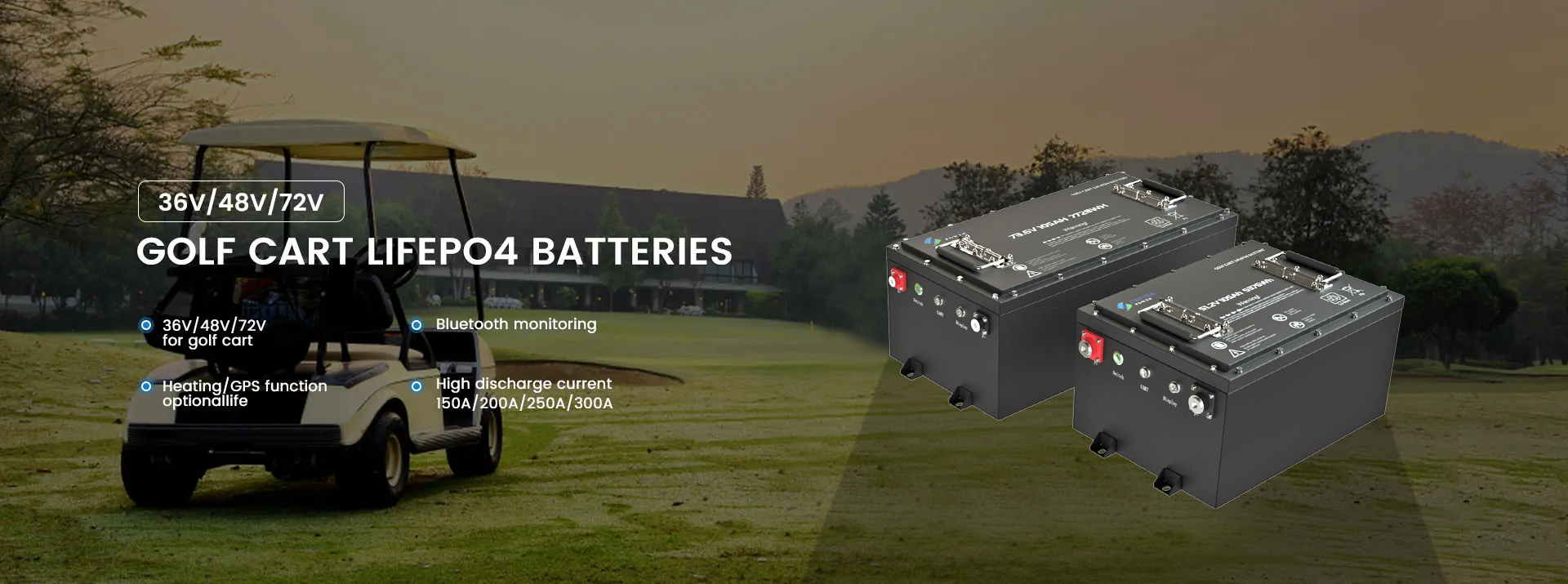Cold Cranking Amps (CCA) refer to the number of amps a car battery can deliver for 30 seconds at 0°F (-18°C) while maintaining a voltage of at least 7.2 volts for a 12V battery. CCA is a key measure of a battery's ability to start your car in cold weather, where starting an engine is more difficult due to thicker oil and lower chemical reactions within the battery.
Why CCA Is Important:
- Cold Weather Performance: Higher CCA means the battery is better suited for starting an engine in cold climates.
- Starting Power: In cold temperatures, your engine requires more power to start, and a higher CCA rating ensures that the battery can provide enough current.
Choosing a Battery Based on CCA:
- If you live in colder regions, opt for a battery with a higher CCA rating to ensure reliable starts in freezing conditions.
- For warmer climates, a lower CCA rating may be sufficient, as the battery won’t be as strained in milder temperatures.
To select the right CCA rating, as the manufacturer will usually recommend a minimum CCA based on the vehicle’s engine size and expected weather conditions.
The number of Cold Cranking Amps (CCA) a car battery should have depends on the vehicle type, engine size, and climate. Here are general guidelines to help you choose:
Typical CCA Ranges:
- Small Cars (compact, sedans, etc.): 350-450 CCA
- Mid-size Cars: 400-600 CCA
- Larger Vehicles (SUVs, Trucks): 600-750 CCA
- Diesel Engines: 800+ CCA (since they require more power to start)
Climate Consideration:
- Cold Climates: If you live in a cold region where temperatures often drop below freezing, it’s better to opt for a battery with a higher CCA rating to ensure reliable starting. Vehicles in very cold areas may require 600-800 CCA or more.
- Warmer Climates: In moderate or warm climates, you can choose a battery with lower CCA since cold starts are less demanding. Typically, 400-500 CCA is sufficient for most vehicles in these conditions.

Post time: Sep-13-2024





